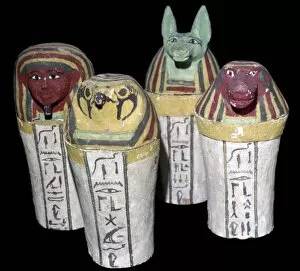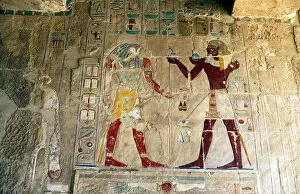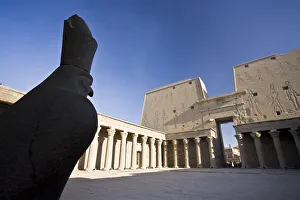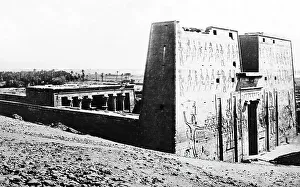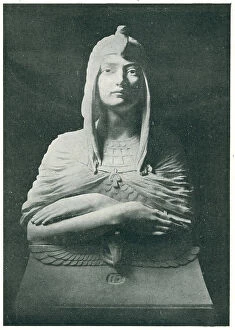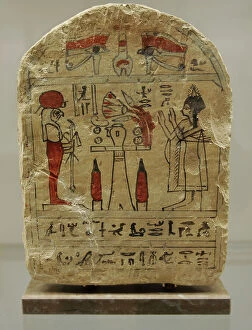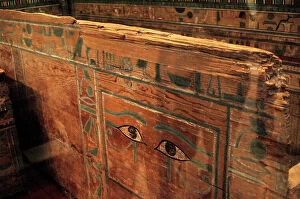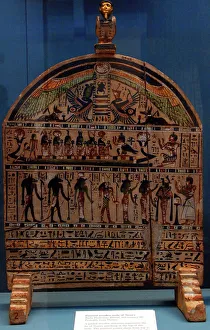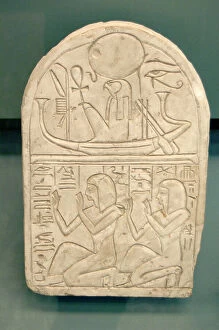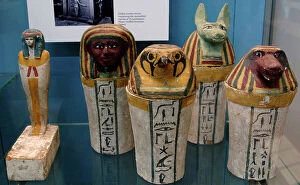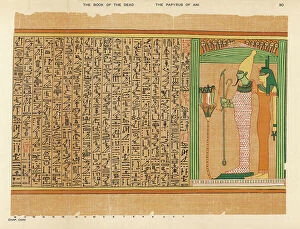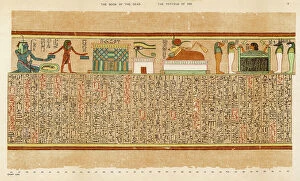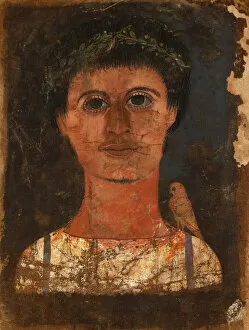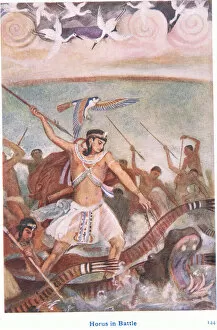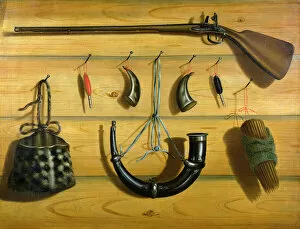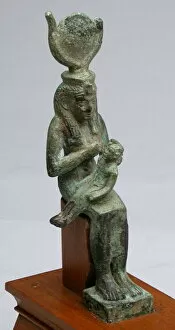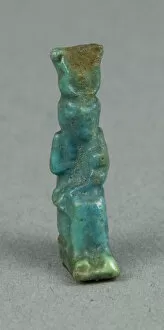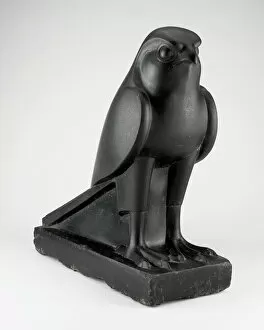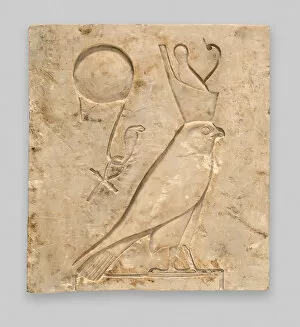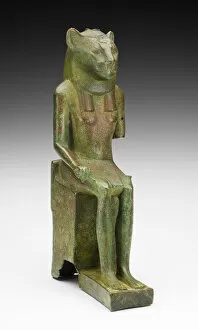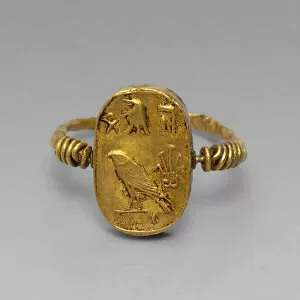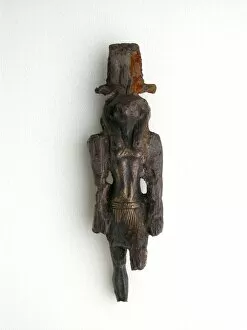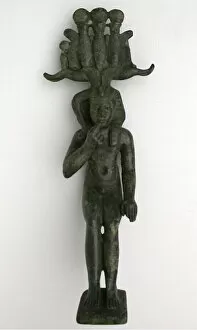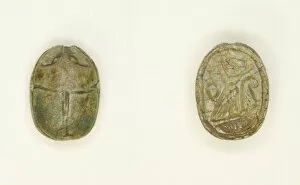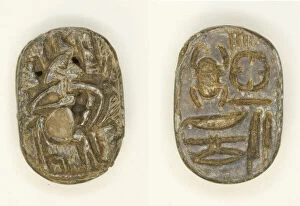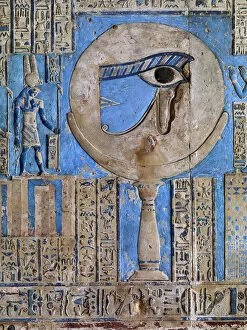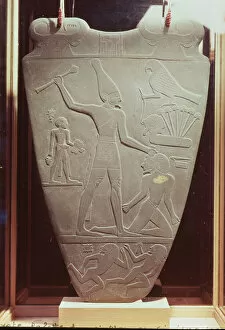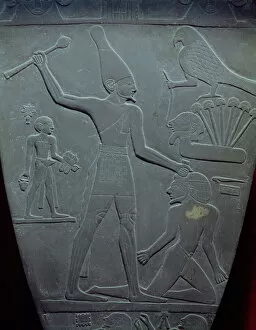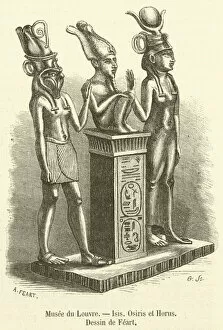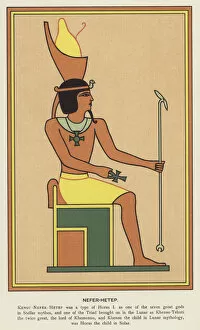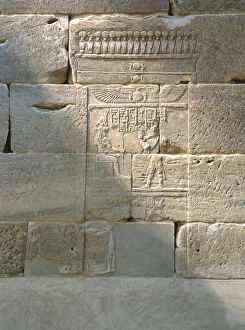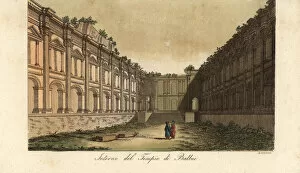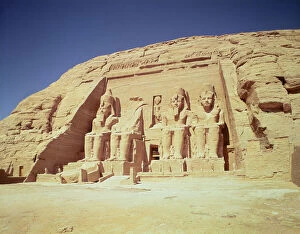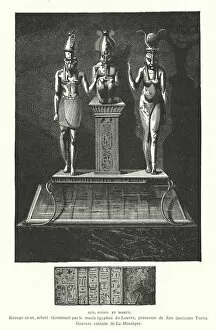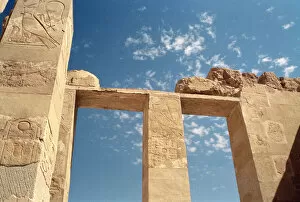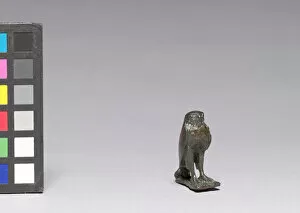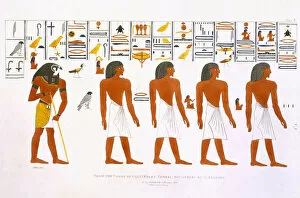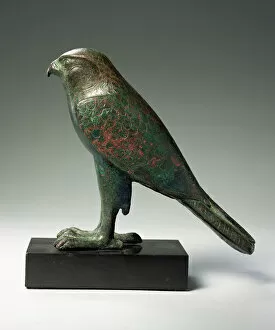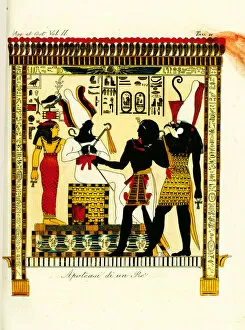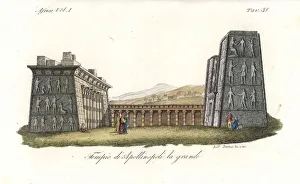Horus Collection (page 2)
"Horus: The Divine Protector and Symbol of Ancient Egyptian Power" Step back in time with this captivating illustration of the ancient Egyptian god Horus
For sale as Licensed Images
Choose your image, Select your licence and Download the media
"Horus: The Divine Protector and Symbol of Ancient Egyptian Power" Step back in time with this captivating illustration of the ancient Egyptian god Horus, adorned in a magnificent Roman costume. In his hands, he holds the key of life, known as the ankh, symbolizing eternal existence. Delve into the mystical world through the pages of the Book of the Dead. Plate 34 reveals a mesmerizing pectoral featuring Horus' sacred eye flanked by serpent goddesses from the North. This powerful amulet was believed to grant protection and ward off evil spirits. The Eye of Horus, a potent symbol representing healing and restoration, is beautifully depicted on Senenmut's false door. Transport yourself to Egypt as you explore this intricate artwork that once adorned tombs. Behold Harpocrates, Greek god of silence and embodiment of youthful innocence. This statue pays homage to Horus' influence beyond Egypt's borders, showcasing how his legend transcended cultures. Discover another facet of Horus' mythology through depictions like "Horus-Seth (2). " These intriguing representations shed light on complex relationships between Egyptian gods and their intertwined destinies. Uncover Isis with her distinctive cow's head - an enchanting portrayal that showcases her connection to fertility and motherhood. Alongside Osiris & Isis, they form one part of a divine trinity revered for their roles in creation and rebirth. Immerse yourself further into ancient Egyptian beliefs with Plate 4 from the Book of Dead - witness rituals performed for deceased souls seeking guidance in their journey towards immortality. Finally, marvel at a relief depicting Horus within Ramses III's tomb at KV11 in Valley Kings - an awe-inspiring testament to Pharaohs' devotion to this deity throughout history. Join us on this extraordinary voyage through time as we unravel mysteries surrounding one of Egypt's most revered gods – Horus; protector, healer, and symbol of ancient Egyptian power.

